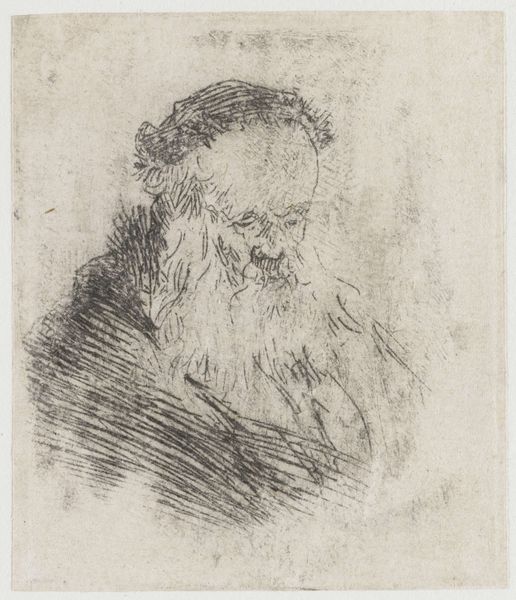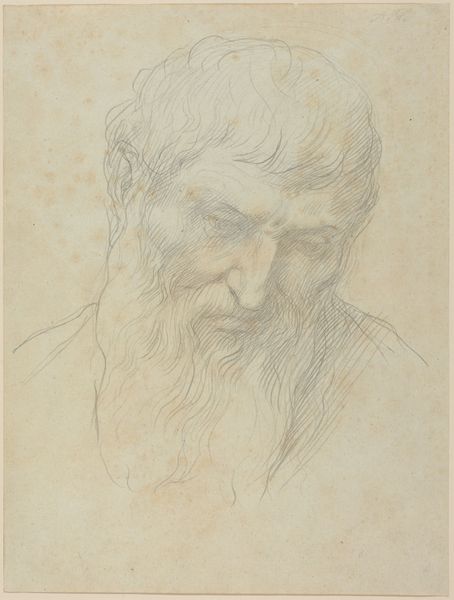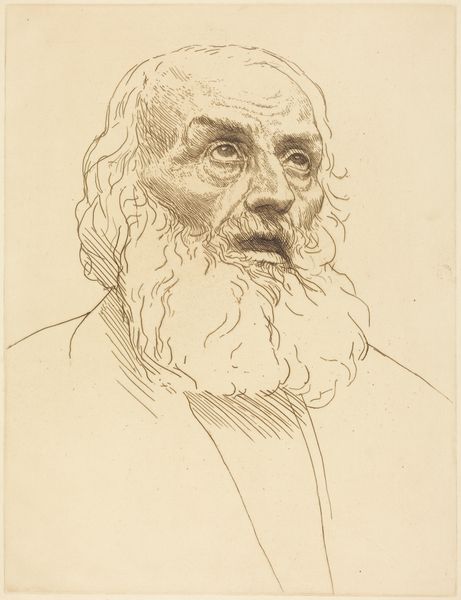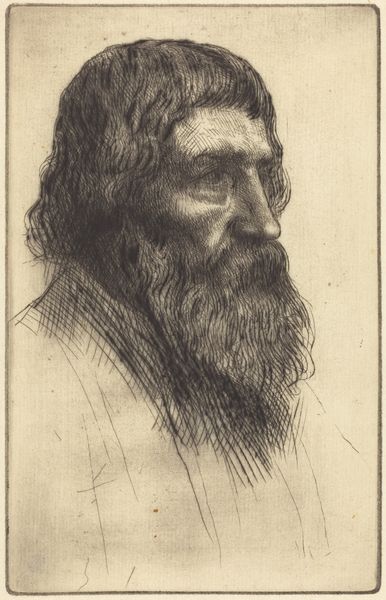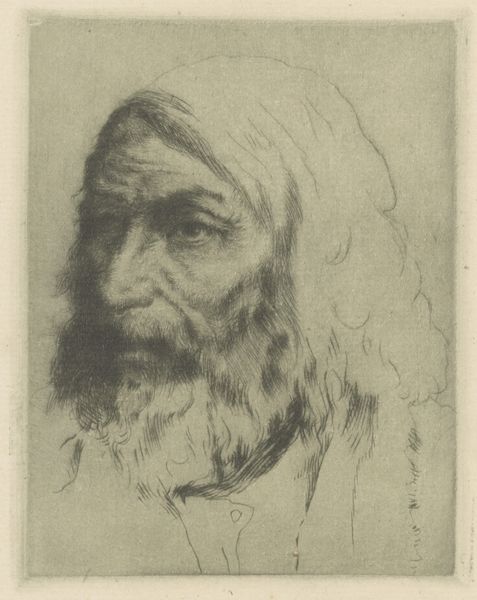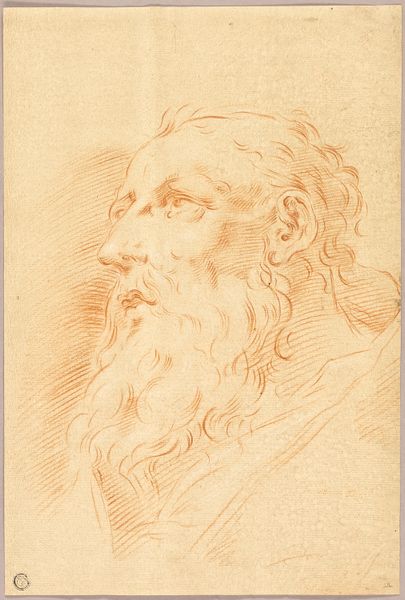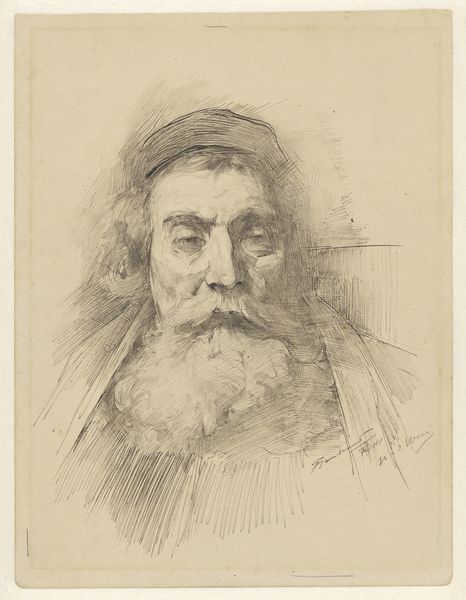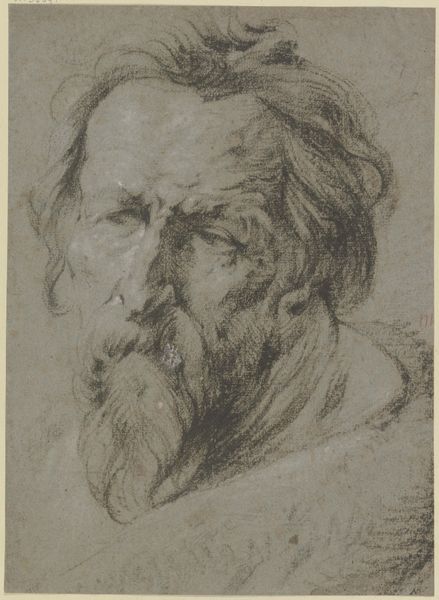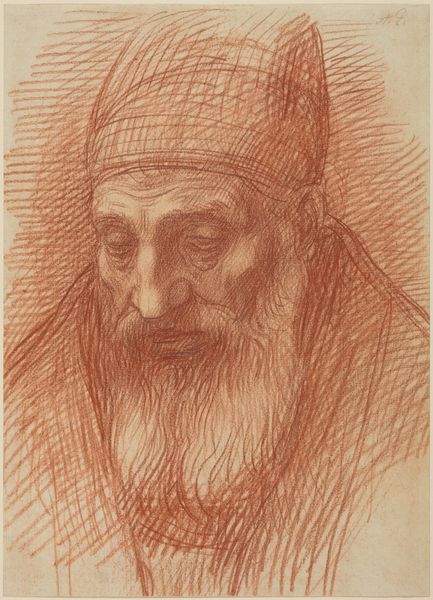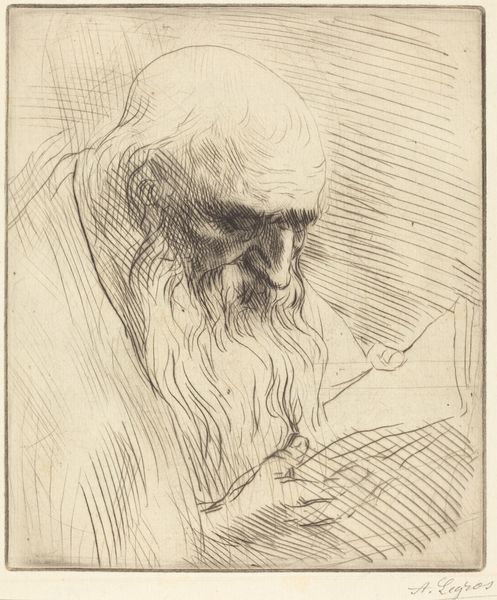
print, etching, intaglio, engraving
#
portrait
# print
#
etching
#
intaglio
#
portrait drawing
#
engraving
Copyright: National Gallery of Art: CC0 1.0
Editor: We're looking at "Head of a Philosopher" by Alphonse Legros. It’s an etching, an intaglio print, and something about the stark lines really captures a sense of solemnity. What do you see in this piece that stands out from a historical context? Curator: It’s fascinating how Legros invokes this image of the philosopher. Consider the socio-political climate he was working in; who has access to wisdom, knowledge, and representation? Etchings like these made art more accessible to a wider public, didn’t they? Editor: Absolutely. So, disseminating ideas, even images of thinkers, became more democratized? Curator: Precisely. Before mass media, prints like this played a vital role in circulating ideas and influencing perceptions of authority. Think about it: how does Legros’s depiction either reinforce or challenge existing social hierarchies through his portrayal of the philosopher? Is he glorifying intellectualism, or perhaps critiquing it? Editor: That’s a perspective I hadn't considered. I initially just saw the work as a study of age and wisdom, but considering its potential role in a broader social conversation makes it so much richer. Curator: Right. And Legros was working at a time of major social change. Art wasn’t just about aesthetics anymore; it was part of the discourse. Looking closely at this print now, what does its existence suggest to you about the changing role of art itself? Editor: Well, it definitely highlights that art doesn't exist in a vacuum. Considering how it interacts with and reflects society… I'll never look at an etching the same way. Curator: Excellent! Always question the forces behind the image. That is how we learn and engage with Art.
Comments
No comments
Be the first to comment and join the conversation on the ultimate creative platform.

